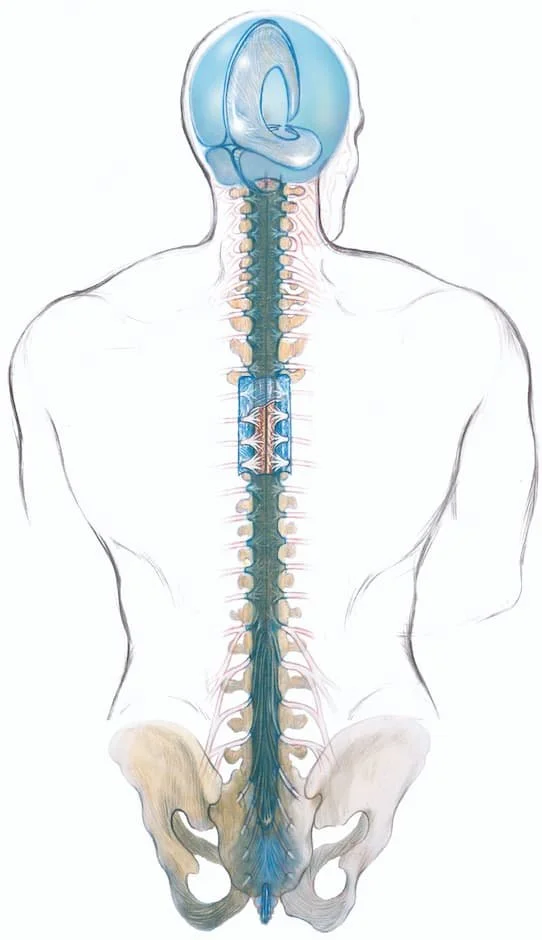What is CranioSacral Therapy?
Sonia & Frederick Stahlman, April 2024.
WHAT DOES CRANIOSACRAL THERAPY TREAT?
Craniosacral therapy has known to treat a variety of symptoms, including chronic pain, ear infections, jaw pain, migraines, joint stiffness, pregnancy-related issues, trauma, depression, autism, anxiety, dyslexia, spinal cord injuries, coordination problems, insomnia, concussions, and anger.
WHAT’S THE HISTORY?
The origins of craniosacral therapy trace back to William Sutherland in the early 1900s, who controversially posited that skull bones could move. John Upledger later expanded on this concept in 1975, identifying the reasons behind cranial bone movements and popularizing the therapy through the Upledger Institute. Today, craniosacral therapy is increasingly integrated into alternative medicine practices, attracting diverse professionals from massage therapists to medical doctors.
HOW DOES IT WORK?
Often likened to a gentle massage technique, craniosacral therapy combines elements of chiropractic and osteopathic practices with hands-on healing. It is known for inducing deep relaxation and promoting restful sleep, though its workings are described as enigmatic. In reality, this therapy focuses on the craniosacral system; an additional working piece of the body’s system. The craniosacral system is a rhythmic pulse that flows between the head and pelvic regions. It works like a hydrolic system along the spine up and down from the cranium to the sacrum. This rhythm is as fundamental and measurable as our heartbeat and breath. This system works very closely to the nervous system hence the beneficial effects for those suffering with trauma, anxiety, and other mood related symptoms. Practitioners work with extremely light pressure on cranial bones and the sacrum, facilitating the system's involuntary movements.
The therapy operates on the principle that by gently manipulating the skull and pelvic bones, practitioners can influence deeper structures like membranes and cerebrospinal fluids. This manipulation aims to restore the natural craniosacral rhythm, essential for optimal physiological function.
Sessions typically last about 60 minutes, during which clients lie comfortably, fully clothed, while practitioners assess and adjust their craniosacral rhythms. This gentle approach encourages the body to self-correct and heal, often leading to profound relaxation and insights for the client.
Craniosacral therapy offers a holistic approach to health, emphasizing the interconnectedness of body, mind, and spirit. As it gains recognition, it provides a gentle and potentially transformative option for those seeking natural healing methods.
Source: (A Beginner’s Guide to Craniosacral Therapy – Core Connection; Sophia Schweitzer)

